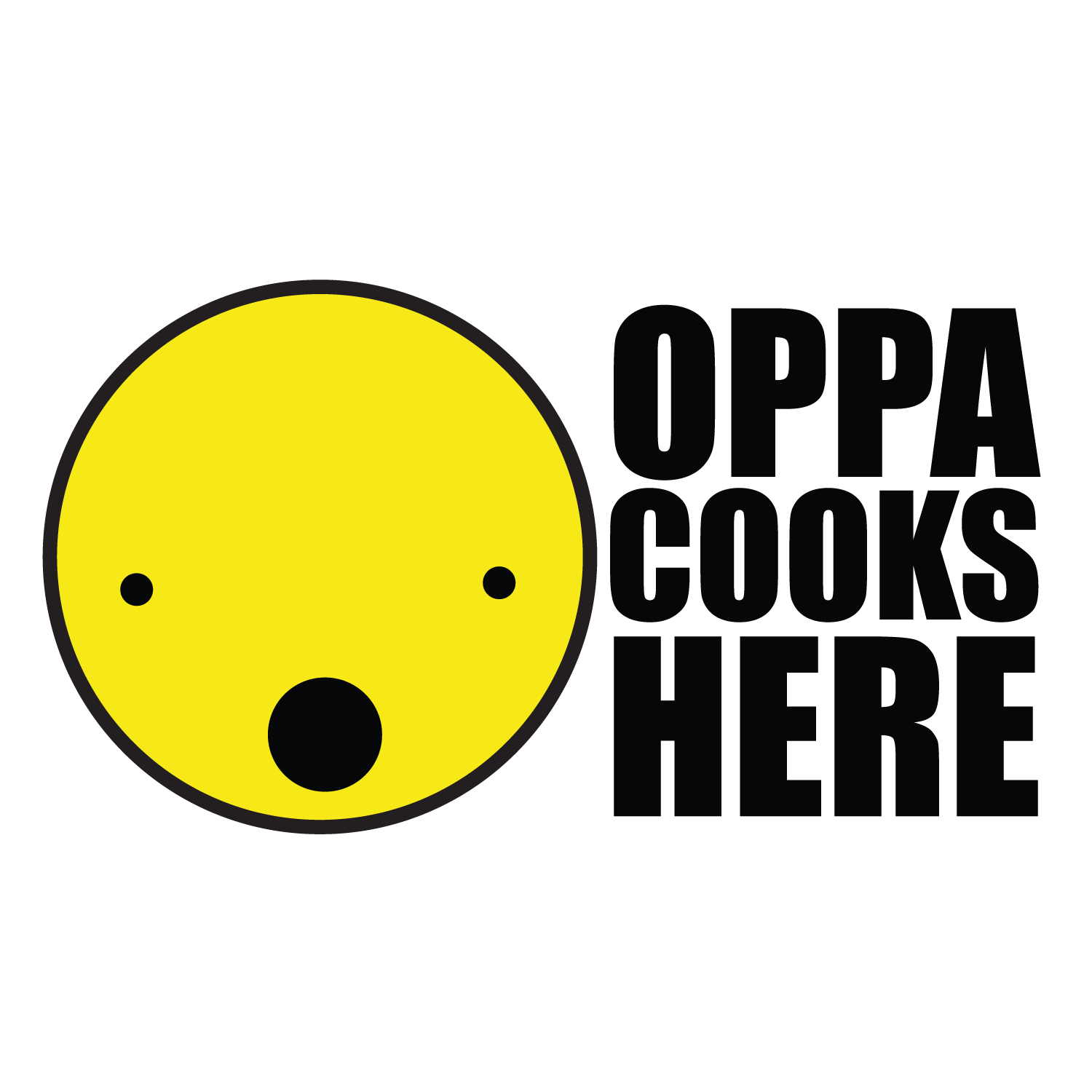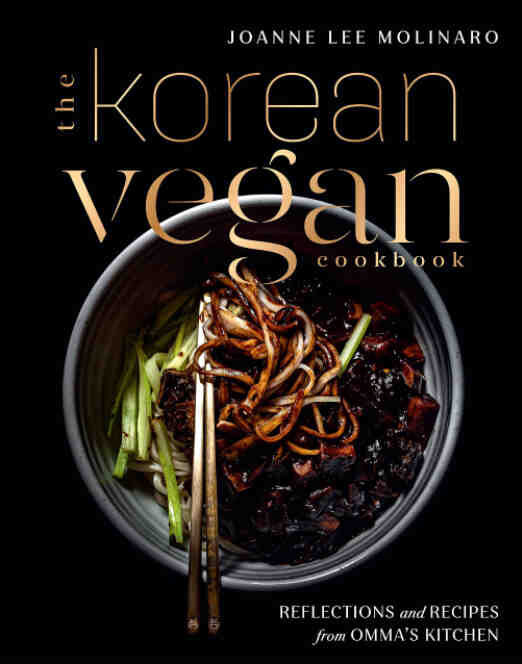Korean Cookbooks in English
BEST SELLER
A real fan-favourite, Maangchi has 2 cookbooks and some people have both. A trusted source on Youtube for over a decade, people love her cookbooks.
Maangchi’s Real Korean Cooking was published in 2015 and is her first cookbook. It’s inviting in a blog friend kind of way. The book takes her online (blog and Youtube) colour scheme and it’s not the prettiest cookbook you’ll ever have, but it’s full of tidbits that’ll have you perusing its pages for a while. Very thorough and you can see how much personal care and effort went into it.
Maangchi’s Big Book of Korean Cooking was published in 2019 and just a quick skim will show you a slick and professionally designed book. The colours are pleasing and the layout and order of the book seem to make more sense. Although some content is the same (Ingredients list and some cooking techniques), there are new recipes.
I would suggest the first edition for people who know her from Youtube and find her style endearing. For anyone else, I find the updated book to present information in a more visually cohesive manner. Both are good choices for anyone who is very curious about Korean cooking- these books are seriously jam-packed with information.
Professional Chefs
Mostly for incredible food pictures, cookbooks made by professional chefs are rarely bought to actually use regularly. Filled with personal anecdotes and their views, it makes for an interesting read. Judy Joo’s cookbook has good reviews for beginner homecooks. Can also be used as a beautiful coffee table book.
Illustrated Cookbooks
Some people find it easier to learn when having fun (me too!). These make what could be a scary process (trying to cook something new) completely approachable and friendly. A+ for the beginner Korean food homecook!
traditional
There’s having fun, but then there’s learning the rules before breaking them. These show you how Korean dishes were meant to be presented. Korean food is all about #uglydelicious nowadays, but keep in mind that rising to special occasions with Korean cuisine can get as intricate and time-consuming as you like. Interesting if you like to know the origin story of things.
vegetarian/vegan & eating lifestyle
Most Korean recipes are easily adaptable to vegetarian substitutions. It is especially welcoming to pescatarians (Vegetarians who eat fish and seafood) as Korean food loves ingredients from the sea. However, it’s entirely possible to enjoy Korean food at home for most dietary restrictions. The Korean Vegan makes it look very easy.
Temple cuisine is surging in popularity in Korea with restaurants specializing in it for the health-conscious. Temple food uses farmed (homesteading) and foraged ingredients. Their care starts from growing the seed to preparation to presentation. It’s a calm and peaceful process that may make minimalists jump for joy. They also don’t use (gulp) garlic, chili peppers, chives or scallions because it overloads the senses.
Wookwan is the Buddhist nun featured in the Netflix series “Chef’s Table”. There are reviews that state the recipes are too simple or others that say it’s hard to source the foraged edibles needed. I think this book is for those beginning their Korean cooking journey with a high interest in eating a clean diet and who is also thinking of growing a vegetable garden.











